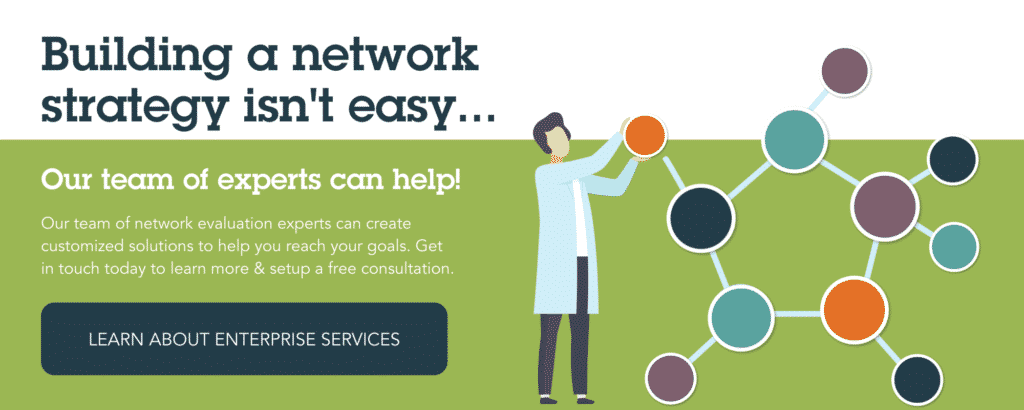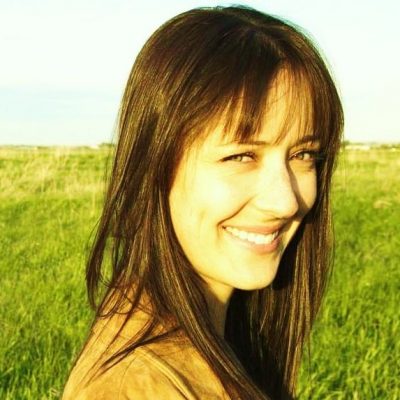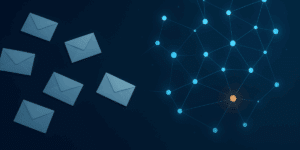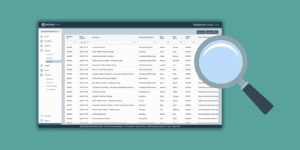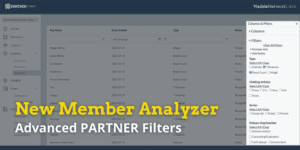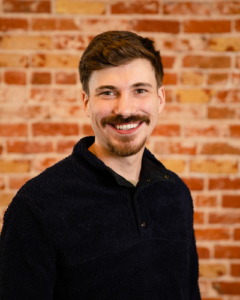Using Network Science to Create Network Art
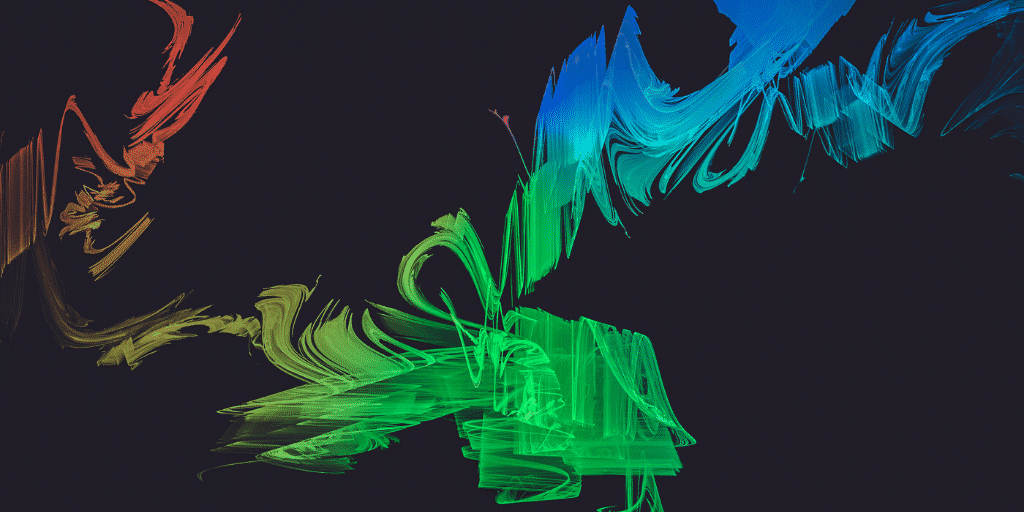
When I first embarked on providing leadership to support the development of the First 2000 Days Network I knew very little about networks as an organization model, and absolutely nothing about network science. The name “First 2000 Days Network” begged the questions: What is a network?
What is a high-quality network? in our case; “How do we use a network approach to affect social change for the first 2000 days of children’s lives?”
And so began our journey to map out how we could leverage a network approach, network science and network data to inform the art of building a community of individuals, organizations and systems all fundamentally striving to improve outcomes for children and families.
Networks are fundamentally about human beings, how we interact – or chose not to – and how we build trust in order to achieve our desired shared goals. Because networks often lack traditional hierarchical and conventional organizational structures, decision making, governance, authority, accountability and collaborative contributions are constantly negotiated, and often contested. The relationships within a network are the vehicle for progress: they either build momentum and support progressive change, or they undermine it. How to ‘see’ the relational dynamics within a network such that they can be strategically guided to contribute to progress is extremely difficult, but essential.
The PARTNER tool has been essential not only for gathering evidence and data that ‘proves’ our approach is working in very tangible, measurable ways – but it informs the art of network building. Which relationships are trusting and why? What can we do to support mutual respect and learning? How might we help an organization participate, even though they might not see the immediate value of doing so? How can we nudge systems and funders to see ‘building strong relationships’ as an intentional system change strategy with value and legitimacy?

The data we get from the PARTNER tool – and the Process Quality Scale embedded within it – have fundamentally impacted the “what” of our work, but more importantly, we’ve used it to strategically inform the “how” of our work. How we behave. How we pay attention. How we support one another.
How we decide, as a network, what to pursue and what not to. How to address tension. How to grow, or not. All of these decisions are impacted and informed by our ability to “see” the collaborative approach we are taking, and how it is ultimately helping those who help children and families thrive.
That’s the art, and in the process I’ve become a bit of a network scientist.
About the Author: Blythe Butler
Founder & Evaluator, Atticus Insights
Atticus Insights, my consulting practice, is dedicated to building capacity in individuals, organizations and communities to be able to effectively meet the challenges and opportunities they face. My passion is rooted in organizational change, culture, strategy, evaluation & learning in order to build organizational resiliency. I take a multi-disciplinary approach to address complex challenges while maintaining the ability to execute and design practical action. I have a broad and diverse background in strategic planning, change management, developmental evaluation, facilitation and organizational development. For over 15 years I have worked in the public, private and not-for-profit sectors, consulting with clients in the areas of collective impact, community investment, corporate social responsibility, social enterprise and change management.
